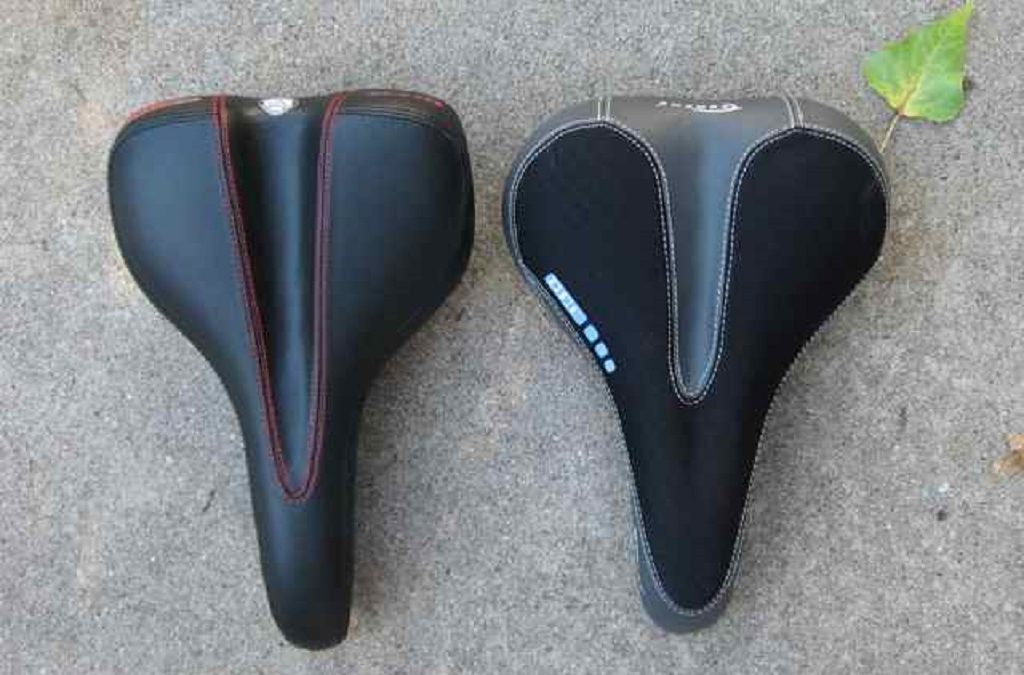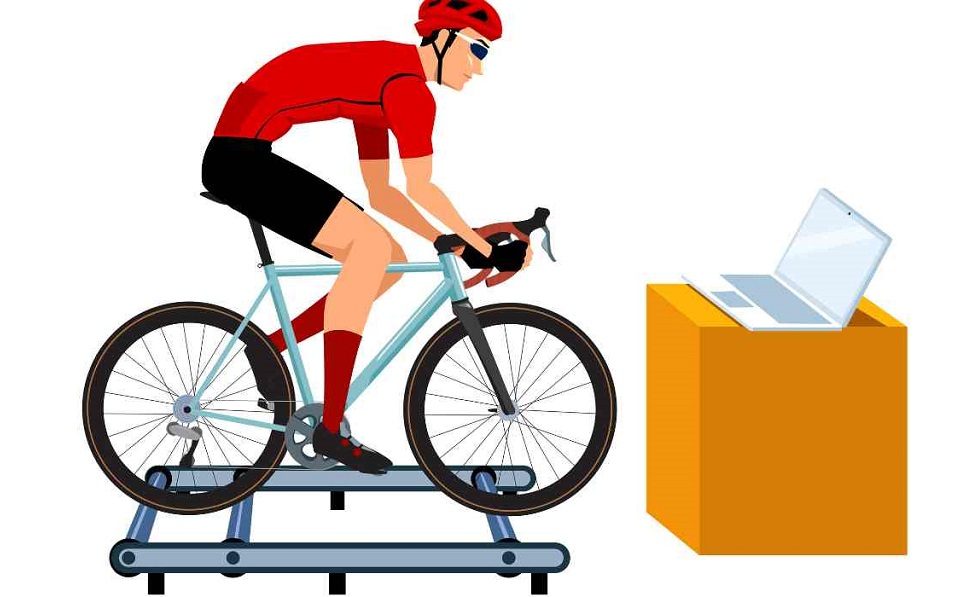Discover the Surprising Truth: Women’s Bike Seats vs. Men’s

How to Cycle on Rollers: Mastering Indoor Cycling
February 28, 2024
How Long Does It Take to Master Skateboarding: Unlock Expert Tips!
February 29, 2024Discover the Surprising Truth: Women’s Bike Seats vs. Men’s

Yes, women’s bike seats are different from men’s due to anatomical differences in pelvic structure. Women’s bike seats are usually wider and have shorter noses to provide better support and comfort for the female anatomy.
When choosing a bike seat, women need to consider their unique needs and preferences to ensure a comfortable riding experience. Finding a seat that fits well can help prevent discomfort, numbness, and pain during long rides. Investing in a quality women’s bike seat can enhance performance and enjoyment while cycling.
Prioritizing comfort and fitness will make riding more enjoyable and promote better health and well-being for women cyclists.
Table of Contents
ToggleThe Anatomy Of Bike Seats

Bike seats vary to suit the anatomical differences between men and women. Women’s bike seats often feature wider designs and extra padding to accommodate the wider pelvic structure and provide greater comfort. The differences aim to offer better support and enhance the riding experience for women cyclists.
| Women’s Bike Seats | Men’s Bike Seats |
| Usually wider and shorter to accommodate wider sit bones. | Narrower and longer to suit narrower pelvis size. |
| Designed with a center cutout to relieve pressure on soft tissues. | May have a longer nose for forward-leaning riding positions. |
| Padding is often thicker to provide more comfort during rides. | Less padding to allow for more aggressive riding stances. |
Understanding Gender Differences In Bike Seat Design
Gender differences in bike seat design are important. Biomechanical variations between men and women affect comfort and performance on the bike. Proper seat design can help prevent discomfort and pain while riding.
Common Myths Debunked
Many people believe that one bike seat fits all, but this is not true, especially in the context of Outdoor Xsports and when considering the best mountain bikes for women. Women’s bodies differ from men’s, and it’s important to acknowledge these differences when it comes to bike seat design. Women often have wider sit bones and a different pelvic structure, leading to the need for specialized bike seats. Ignoring these differences can lead to discomfort and even negative impacts on reproductive health. Therefore, both men and women need to have the right bike seats to ensure comfort and safety during cycling activities, underscoring the importance of personalized equipment in enhancing the cycling experience.
Innovative Solutions And Technologies
Discover how innovative solutions and technologies have revolutionized the design of women’s bike seats, catering to unique anatomical needs for enhanced comfort and performance. Embrace the advancements in seat engineering that prioritize inclusivity and optimal riding experiences for female cyclists.
Ergonomic Designs
Women’s bike seats are specifically designed to provide comfort and support for female riders. They take into consideration the anatomical differences between men and women, such as the wider pelvis and shorter distance between sit bones. These seats feature ergonomic designs that aim to reduce pressure on sensitive areas and minimize discomfort during long rides.
One key feature found in many women’s bike seats is pressure-relief technology. These seats often include cut-outs or grooves in the middle to help alleviate pressure on the perineum, which can cause numbness and pain. By redistributing the weight and reducing pressure on sensitive soft tissues, women’s bike seats can enhance comfort and prevent discomfort during cycling.
Additionally, women’s bike seats may have extra padding or gel inserts strategically placed to provide cushioning and shock absorption. This helps to reduce vibrations and impacts from uneven surfaces, ensuring a smoother and more enjoyable ride.
Overall, women’s bike seats are designed with the female anatomy and comfort in mind. These innovative solutions and technologies aim to provide female riders with the support they need to enjoy their cycling experience to the fullest.
Finding The Perfect Fit

Are women’s bike seats different from men’s? Finding the perfect fit for a bike seat is crucial for a comfortable riding experience. It is important to understand the importance of proper sizing when choosing a bike seat.
One of the key factors in selecting the right bike seat is understanding that women’s bodies are anatomically different from men’s. Women tend to have wider pelvic bones, which means they require a bike seat that is designed to accommodate their unique shape. A wider seat helps distribute the weight more evenly, reducing pressure points on sensitive areas.
When choosing a bike seat, consider the width of the seat, as well as the amount of padding. A seat that is too narrow or lacks proper cushioning can lead to discomfort and pain, especially on longer rides. Look for a seat that is specifically designed for women, offering features such as a wider rear platform and a cut-out or channel to relieve pressure on soft tissues.
Additionally, it is important to take into account your riding style and preferences. Some women may prefer a more aggressive, race-oriented seat, while others may prefer a wider, more cushioned seat for leisurely rides. Consider your individual needs when selecting a seat to ensure the perfect fit.
Frequently Asked Questions For Are Women’s Bike Seats Different To Men’s
Are Women’s Bike Seats Different To Men’s?
Yes, women’s bike seats are designed specifically to accommodate the anatomical differences between women and men. Women’s seats are typically wider and have a shorter nose to provide better support and reduce pressure on sensitive areas. It is important to choose the right seat to ensure comfort and prevent discomfort or injuries during cycling.
Conclusion
Women’s bike seats are indeed designed differently from men’s, taking into account their unique anatomical differences. Finding the right seat can vastly improve comfort and reduce the risk of injury. Explore How to Cycle on Rollers, Understanding these distinctions is vital for both male and female cyclists to enjoy a safe and pain-free ride.



